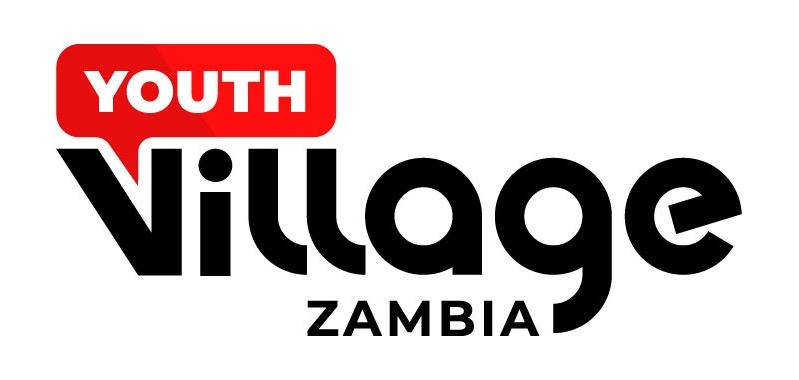As a resident of Lusaka, I’ve witnessed firsthand the incredible transformation happening in our city. New shopping malls, office buildings, and residential estates are constantly changing the skyline, bringing with them new opportunities for growth and development. However, with this rapid expansion, there’s a glaring issue that cannot be ignored—our road infrastructure is struggling to keep up.
Every day, I experience the frustration of traffic congestion, deteriorating roads, and a lack of safe pedestrian and cycling paths. These issues not only make commuting difficult but also pose a serious safety risk to those who rely on our roads. While government funding for infrastructure projects is limited, I believe there’s a viable solution that can address these concerns: a Development Mitigation Fee Programme.
In cities around the world, such as Los Angeles and San Francisco, developers are required to contribute financially to public infrastructure improvements that are needed to support their projects. This model makes sense because when new developments bring more people, businesses, and vehicles to an area, the existing infrastructure must be upgraded to accommodate that growth. Introducing a similar system here in Lusaka could help finance crucial projects like the expansion of Great East Road, the improvement of Kafue Road, and further work on the Lusaka Decongestion Project.
Imagine a Lusaka where traffic flows more smoothly, thanks to expanded and modernized roads. Picture pedestrians walking on safe, well-maintained sidewalks and cyclists riding in dedicated lanes, no longer at the mercy of motor traffic. A Development Mitigation Fee Programme could make this vision a reality, ensuring that developers contribute directly to the infrastructure we all depend on.
Lusaka has already seen tremendous growth with major projects like East Park Mall, Pinnacle Mall, and the expansion of neighborhoods like Silverest and Lilayi. While these developments bring economic growth, they also place immense pressure on our existing roads. At present, most infrastructure projects rely on limited government funding and external donor support, which are simply not sufficient to keep up with the city’s expansion.
Without a sustainable funding model, we will continue to see worsening congestion, road safety hazards, and delays in critical infrastructure projects. By introducing a Development Mitigation Fee Programme, every new development—whether commercial, residential, or industrial—would contribute to the improvement of our roads. This approach would not only help alleviate traffic congestion but would also create safer streets for pedestrians and cyclists. Moreover, it would free up government funds to be invested in other important areas like healthcare and education.
The concept is straightforward: the larger the development, the greater its impact on the road network, and the greater the contribution it should make to infrastructure improvements. To ensure fairness and transparency, the Lusaka City Council, in collaboration with the Ministry of Local Government and Rural Development, could establish clear guidelines for assessing and allocating these fees. A model similar to California’s Mitigation Fee Act could be adopted, ensuring that funds are collected and spent responsibly.
Implementing such a programme would allow us to prioritize vital projects, such as the completion of the Lusaka-Ndola Dual Carriageway, the upgrade of the Inner Ring Road, and improvements to traffic control systems and intersections.
It’s time for us to take a proactive approach to solving our road infrastructure problems. We can no longer rely solely on government funding while our city grows at an unprecedented rate. As residents, business owners, and commuters, we all have a vested interest in ensuring Lusaka’s future is well-planned and efficient.
I urge policymakers, city planners, and other stakeholders to seriously consider the establishment of a Development Mitigation Fee Programme. Advocacy organizations, such as the Zambia Road Safety Trust, can help guide the conversation and engage decision-makers to implement this much-needed programme. If we act now, we can ensure that Lusaka’s growth is supported by infrastructure that meets the needs of everyone—today and in the future. The time for change is now.






